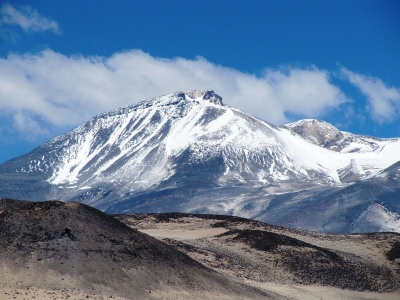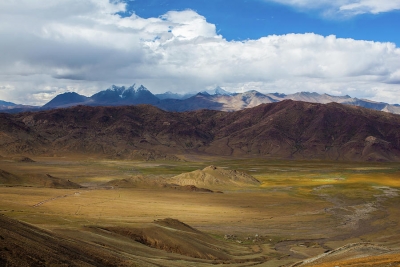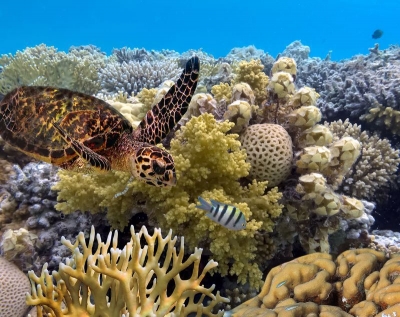Which is the highest volcano?

Nevado Ojos del Salado is the highest volcano on Earth and the highest peak in Chile. It is a dormant complex volcano in the Andes on the Argentina-Chile border. It stretches for about 70-160 square kilometres and its highest summit reaches an altitude of 6,893 metres above sea level. It is part of the Nevado de Tres Cruces National Park, which is situated 290 kilometres from the town of Copiapo of the Chilean Atacama region and 600 kilometres from Mount Aconcagua, which is the highest mountain in the Western Hemisphere.
The climate of this mountain region is rather dry due to its proximity to the Atacama Desert that is situated to the west of the Andes Mountain. Ojos Del Salado is a popular hiking destination because of its easy trail, except the last stretch before the summit, which requires equipment to climb. Jan Alfred Szczepanski and Justyn Wojsznis were the first to reach the top of Ojos Del Salado in 1937.
There are no confirmed eruptions of Ojos del Salado. In 1993, there were reports of a minor gas-and-ash emission, but this could not be confirmed.
Picture Credit: Google

